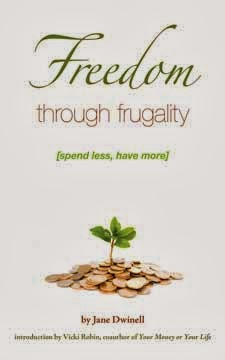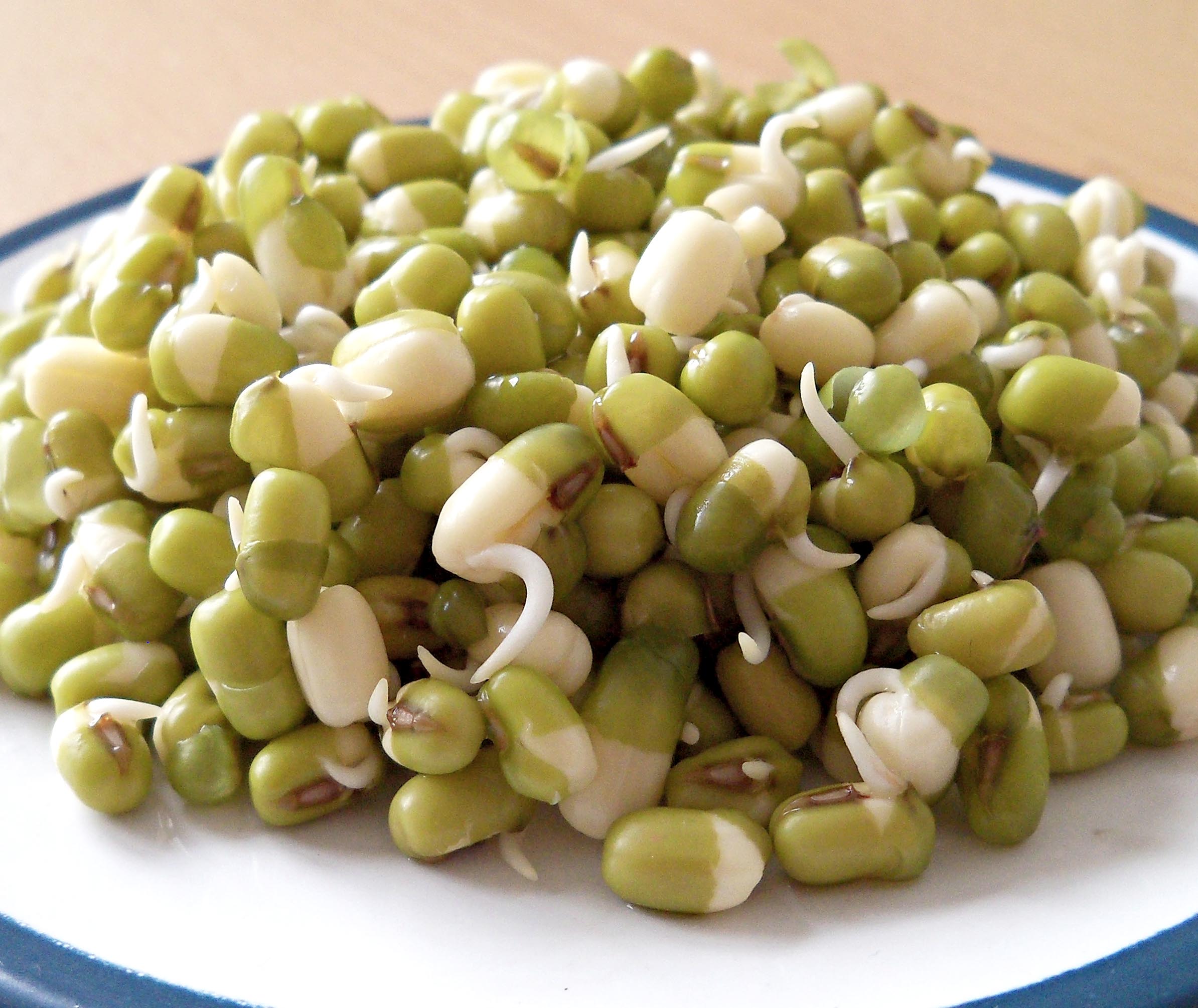Anyway, Ashley invited me over to bake some Christmas cookies yesterday. Seeing as how I've been so busy for weeks (and can barely remember what day it is most of the time), this seemed like an excellent chance to escape the daily grind. It also seemed like a good opportunity to bake some cookies for a cookie exchange I'd agreed to participate in.
So, eager and excited, I packed up a few ingredients I wanted to experiment with (including a tupperware of frozen pumpkin I'd pureed myself) and headed down to her house.
It didn't start so bad....
We spent a while catching up. I said hi to her dogs, then went back to the rat room to meet her new acquisitions and admire her Critter Nation cage. We discussed strategies for socializing her terrified new rescue. By the time we were done with this, we returned to the kitchen to see that her husband (who's much more practical than the rest of us) had already started on the cookies. No worries. We'd just have a nice drink and relax until he was done.So Ashley mixed me up a hot cider with Goldschlager and caramel vodka, and it was the most divine thing I'd ever had. So good, in fact, that I needed a second one. And a hot chocolate with the same treatment.
By this point, I was feeling quite a lot of Christmas cheer. So I settled in to start experimenting with my pumpkin.
Things started to go sideways here.
Upon adding flour, sugar, pumpkin and egg, the resulting mixture looked (not unsurprisingly) rather like cake batter. Dismayed, but not to be discouraged, I added....more flour. (In hindsight, it occurs to me that maybe I should have opted for something less glutinous. Oats, perhaps. Or dry cereal)
The cake batter was now beginning to look an awful lot like very loose bread dough.
"No worries!" I say, feeling rather confident. "It'll be great. I'll just take it, and chill the dough. That'll make it firm right up!"
So I roll it up in parchment paper (there was no plastic wrap) and (after almost dropping the entire droopy log) manage to wrestle it into the refrigerator. Ashley, meanwhile, was rooting through the liquor cabinet.
"Have you ever had whipped cream vodka?" She asked, drawing out a bottle and a glass that was most definitely not a shot glass. "Here, try this!"
The Christmas Cheer kept spreading.
I decided, on a whim, that the ever-spreading log of amorphous dough in the refrigerator should be turned into a pinwheel. Stuffed with cream cheese frosting. It'd be delicious!
(somewhere in the back of my mind, a quiet voice is saying, "I don't think that's exactly how those are made...." but I summarily quiet it)
Pulling out a chunk of fridge-cold cream cheese, powdered sugar, and a fork, I set myself to the task of making frosting. Ashley, meanwhile, is mixing butter-cream for the sugar cookies with her hand-mixer.
"I'm really not sure why I'm using a fork for this," I said, looking over enviously at her creamy frosting.
She graciously offers the mixer, although she has some misgivings: "I'm not sure your bowl is big enough for this."
"It'll be fine!" I say, confidently, as I drop the spinning mixers into a small bowl mounded high with powdered sugar and chunks of cream cheese.
Predictably, this does not go well.
Ashley helps me pick up chunks of cream cheese from the counter. I dust the powder from my shirt and return humbly to fork-mashing. When this fails to provide me with the results I desire, I pour in some milk. That helps with making it mixable, but does little to alleviate the lumpiness of the cream cheese.
"We also have this," Ashley offers, looking a little hesitant and holding out an old-fashioned crank mixer.
I decide to try this. The mixer will spin, but only for two revolutions before coming to a stop. I can't figure out if the frosting-concoction is too thick or if the mixer just doesn't work. I say as much to Ashley as I hand it back to her in defeat.
"It probably doesn't work," she says, holding it upside down and examining it. "That's probably why you gave it to me in the first place when you moved."
She cranks the handle experimentally and the beaters spring to life, spinning fiercely -- and splattering her, point blank, with a flying spittle of icing.
This is nearly too much for me. I'm laughing so hard by this point that my hands are shaking and tears are streaming down my cheeks. My belly hurts. My legs are trembling. I head to the fridge and steady myself by cracking open a beer.
Once I've recovered somewhat (and made significant headway on the beer), I decide to remove my log of pumpkin dough from the fridge. I try to unroll it. The parchment paper sticks, leaving me to peel it off in chunks, losing a fair amount of sticky dough in the process.
(again, that niggling voice in the back of my head insists that this is really not going well)
I flour my work surface and spread out the dough. It rolls beautifully, smooth and elastic. I spread it with the "icing" -- a liquidy, semi-transparent white soup dotted with mysterious white gobs.
I attempt to roll it up. It sticks to the table, making the rolling a challenge. As I roll, the dough stretches and sags. Icing oozes out of the middle. I try to stem the flow by folding in the ends, like a burrito. I try rolling it up from the bottom.
Once it's sealed, I look around for some way to lift it over onto the baking pan. I try a spatula. It's far too big for that. Finally, I'm stuck with lifting it with my hands -- awkwardly, as it's drooping in the middle -- and chucking it as quickly as I can onto the pan.
We both look at it uncertainly.
"Maybe it will still taste good," I say.
"This is going on Facebook," she tells me, snapping photos.
 | ||
| Nailed it. |
To its credit, my pumpkin-bread-phallus experiment actually tasted fine. Not like a cookie, a cake, or a cheesecake pinwheel, of course, but serviceable. Pumpkin-ey. The texture, however, left something to be desired: A hard, bread-like outer crust containing a gooey, semi-baked lump of pumpkiney goo in the middle.
"Okay," I admit, finally, as I deviously spread more "frosting" over the bottom half in a particularly NSFW way, "Maybe I need to make something else for my cookie exchange."
(The rats (in her household and mine) thoroughly enjoyed it, though)
Happy Holidays, kids (and try to drink the goldschlager after the baking is finished)









_-_geograph.org.uk_-_547759.jpg)




